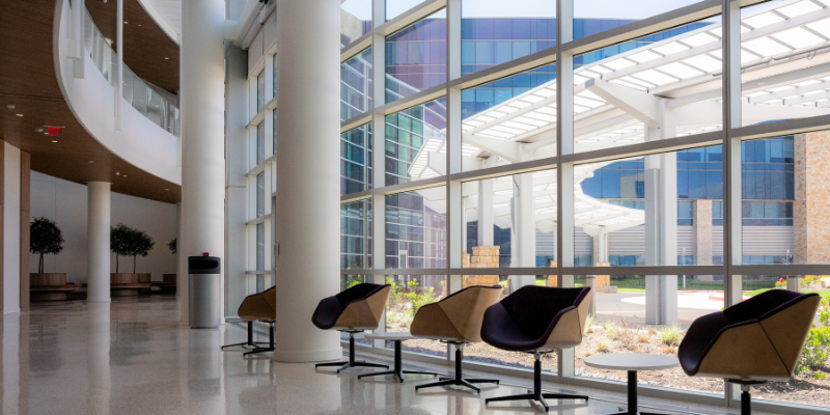What Causes a Migraine, Tips to Help Prevent Them
- Category: Educational
- Posted On:

The Difference Between Headaches and Migraines
Headaches are fairly common for many of us. Maybe you forgot your morning coffee, your allergies are acting up, or stress is getting the best of you; all of these can result in a headache. However, if you find yourself regularly getting an intense headache a couple times a month and the pain is affecting your day-to-day life, you could be having migraines, and it is probably time to visit the doctor.
Migraines cause moderate to severe pain, usually on one side of the head. Many migraine sufferers describe their pain as throbbing, and they might even feel nauseous. Light, sound, and movement can often make things worse. A person suffering from chronic migraines can have 15 or more migraines a month and usually has had difficulty finding relief from the pain.
“Oftentimes by the time a patient comes to see us, their migraines are pretty bad. They might have more than a dozen headaches a month,” said Jordan Harris, nurse practitioner at the Oklahoma Headache Center. “Many are referred to us by their primary care physician, but they don’t have to be. If a person is suffering from frequent headaches, they can discuss with their primary care provider about a referral or call our office. We can check their insurance to see if they need a referral. Treatment and help is available.”
What Causes Migraines?
There is no universal cause of migraines. Genetics, age, sex, stress, quality of sleep, diet, hydration, over- the-counter medications, and even the weather can all contribute to migraines. The specialists at the Oklahoma Headache Center will work with you to find your specific triggers and help you find ways to minimize them.
“We know stress can be a big trigger for migraines. We recommend migraine sufferers try to keep a consistent schedule. Don’t skip meals, stay well hydrated, make sure you are getting quality sleep, avoid your trigger foods, and find ways to relax. All of these things can help keep migraines at bay,” Jordan said.
Additionally, there can be many environmental migraine triggers.
“If you are going to be traveling, look up the barometric pressure where you are going. Most weather apps have an area that tells you the barometric pressure. If you suspect a change in the barometric pressure causes your migraines, we can assist you in finding preventative treatment that can help,” said Krupa Mathew, nurse practitioner at the Oklahoma Headache Center.
Heat can be a major factor in migraines. If you are going to be outside on a warm day, make sure you are drinking plenty of water and taking breaks. In addition, changes in the weather and barometric pressure can trigger a headache.
In Oklahoma, we know there are frequent weather changes, including lightning and thunderstorms, which can bring on a migraine. Allergens like dust, pollen, and ragweed can also be common migraine triggers. Even the time change to shorter days with less daylight can contribute to migraines.
“There are many things that can contribute to a person’s migraines. We want to work with patients to help them prevent migraines and also manage the pain if one does happen,” Krupa said. “Frequent migraines cause changes in a person’s brain, and it is really important that these people get help. Preventing migraines can drastically improve a person’s quality of life.”
The Oklahoma Headache Center knows that each patient is unique. We use a variety of treatments and medications to help our patients both prevent and manage migraines. We will work with you to create an individualized treatment plan that best suits your needs.
For more information visit our website at OKHeadacheCenter.com or call us at 405-307-5700.



